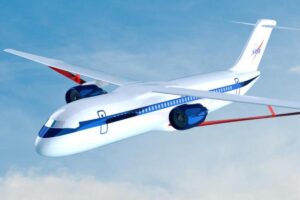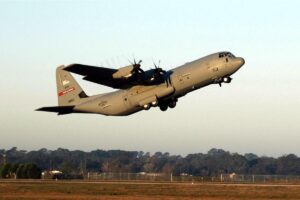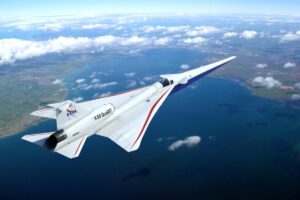ASIU and GPCU Converters: Optimizing Avionics Systems
Abstract
In modern avionics, seamless data communication is critical for operational efficiency and safety. ASIU (Avionics System Interface Unit) and GPCU (Generic Protocol Conversion Unit) converters play a pivotal role in optimizing data flow across diverse systems. This white paper examines the design, functionality, and applications of ASIU and GPCU converters, highlighting their contribution to streamlining advanced avionics platforms. It also explores the technical challenges and cutting-edge solutions that enhance system performance and reliability.
Introduction
The aviation industry increasingly relies on sophisticated electronic systems to ensure safety, efficiency, and performance. To meet the demands of modern flight operations, avionics systems must integrate data from various sources, including navigation, communication, and control systems. ASIU and GPCU converters address the challenge of interoperability by enabling seamless data exchange across heterogeneous protocols and platforms.
This white paper delves into the critical role of these converters in avionics, exploring their technical specifications, benefits, and future trends.
Understanding ASIU and GPCU Converters
1.1 What is an ASIU?
An Avionics System Interface Unit (ASIU) serves as a bridge between disparate avionics subsystems. It is designed to convert and manage data formats to ensure compatibility and efficient communication.
Key Features
- Protocol Translation: Converts data formats between different avionics protocols.
- Error Handling: Ensures data integrity through error detection and correction mechanisms.
- Real-Time Operation: Optimized for high-speed data processing.
Applications
- Integrating legacy systems with modern avionics.
- Enhancing communication between navigation and control systems.
1.2 What is a GPCU?
The Generic Protocol Conversion Unit (GPCU) provides a flexible and scalable solution for protocol conversion across a wide range of applications. Its modular design allows for customization based on specific system requirements.
Key Features
- Scalability: Supports multiple protocols and interfaces.
- High-Speed Processing: Handles large volumes of data with minimal latency.
- Adaptability: Easily reconfigurable to accommodate new technologies.
Applications
- Military and commercial avionics platforms.
- Ground-based simulation and testing systems.
Importance of Protocol Conversion in Avionics
2.1 Interoperability Challenges
Avionics systems often comprise components from different manufacturers, each adhering to unique communication protocols. This diversity can hinder effective data exchange, leading to inefficiencies and potential safety risks.
2.2 Benefits of ASIU and GPCU Converters
- Enhanced Compatibility: Ensure seamless communication between systems.
- Improved Efficiency: Streamline data flow, reducing processing time.
- Cost Savings: Enable the integration of legacy systems, minimizing the need for complete system overhauls.
Technical Aspects of ASIU and GPCU Converters
3.1 Data Handling and Processing
ASIU
- Data Aggregation: Combines inputs from multiple sensors and systems.
- Real-Time Translation: Converts data formats on-the-fly.
GPCU
- Protocol Support: Includes ARINC, MIL-STD, and proprietary standards.
- Error Management: Features robust error detection and correction algorithms.
3.2 Communication Interfaces
- ASIU: Typically supports interfaces like ARINC 429 and MIL-STD-1553.
- GPCU: Offers broader compatibility, including Ethernet and CAN bus.
3.3 Power and Environmental Considerations
Both ASIU and GPCU converters are designed to operate in harsh environments, meeting stringent aviation standards for temperature, vibration, and electromagnetic interference.
Applications in Modern Avionics
4.1 Commercial Aviation
- Flight Deck Integration: Enables seamless communication between cockpit displays and control systems.
- Cabin Management: Supports passenger entertainment and comfort systems.
4.2 Military Aviation
- Mission Systems: Integrates radar, weapons, and navigation systems.
- Data Security: Ensures encrypted communication for sensitive operations.
4.3 Space Exploration
- Satellite Communication: Facilitates data exchange between onboard systems.
- Launch Vehicles: Ensures real-time communication during critical phases.
Challenges in Implementing ASIU and GPCU Converters
5.1 Complexity of Protocol Translation
The wide variety of avionics protocols requires converters to handle complex data mapping and synchronization.
5.2 Real-Time Performance
Ensuring low latency and high reliability in real-time operations is a significant challenge.
5.3 Scalability and Future-Proofing
As avionics systems evolve, converters must be adaptable to emerging standards and technologies.
Innovative Solutions
6.1 Advanced Hardware Designs
Modern ASIU and GPCU converters incorporate powerful processors and field-programmable gate arrays (FPGAs) to achieve high-speed performance.
6.2 Software-Defined Conversion
Software-based solutions offer flexibility, allowing for updates and reconfigurations to accommodate new protocols.
6.3 AI-Enhanced Data Processing
Artificial intelligence and machine learning are being integrated into converters to optimize data mapping and improve error correction.
Case Studies
7.1 Enhancing Commercial Aircraft Systems
A leading aerospace company integrated ASIU converters to streamline communication between legacy navigation systems and modern cockpit displays. This upgrade improved system reliability and reduced maintenance costs.
7.2 Military Platform Integration
A defense contractor utilized GPCU converters to enable interoperability between a new radar system and existing avionics. The solution ensured seamless data flow, enhancing mission effectiveness.
7.3 Spacecraft Data Communication
A space agency employed a combination of ASIU and GPCU converters to manage data exchange between onboard sensors and ground control systems during a satellite launch. The converters’ robust performance under extreme conditions ensured mission success.
Future Trends in Avionics Protocol Conversion
8.1 IoT Integration
The Internet of Things (IoT) is driving the need for more interconnected avionics systems, increasing the demand for versatile converters.
8.2 Higher Data Rates
Emerging communication standards aim to support higher data rates, requiring more advanced conversion technologies.
8.3 Standardization Efforts
Industry initiatives to standardize protocols and interfaces will simplify future integration efforts.
Conclusion
ASIU and GPCU converters are indispensable tools for optimizing avionics systems. By addressing interoperability challenges and enabling seamless data communication, these converters enhance operational efficiency and reliability. As technology continues to evolve, innovative solutions will further improve their capabilities, ensuring that avionics systems remain at the forefront of aerospace innovation.





